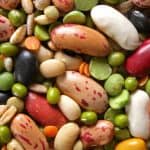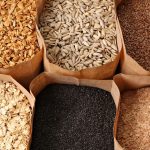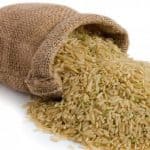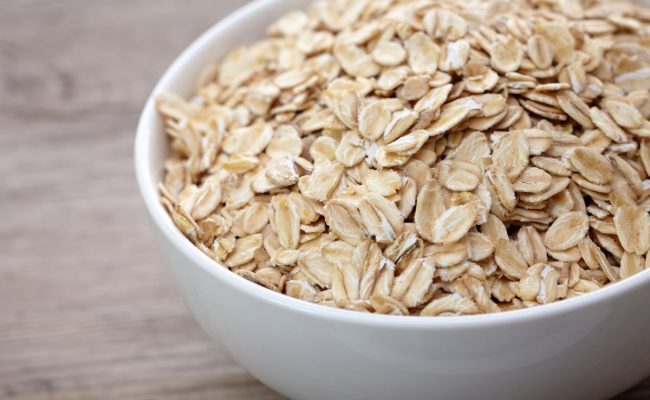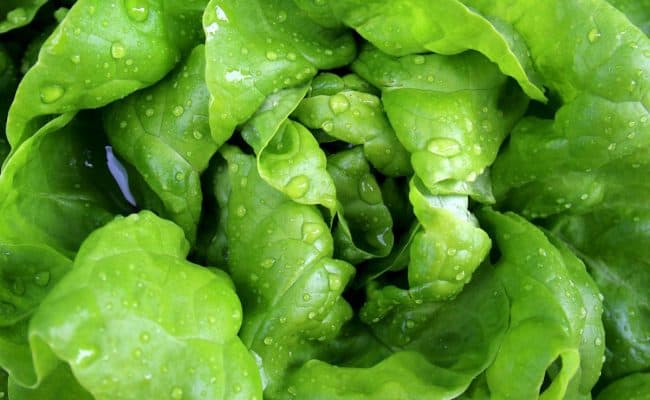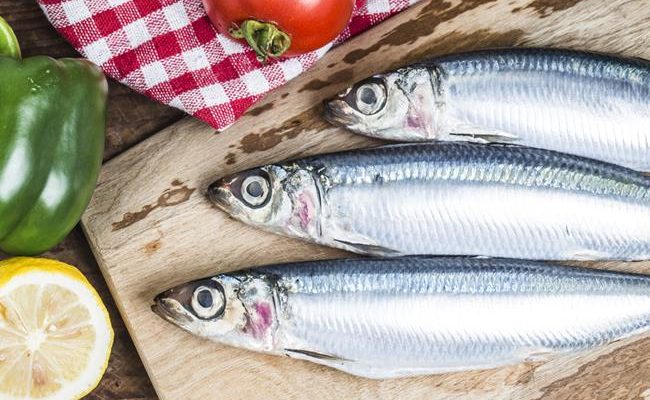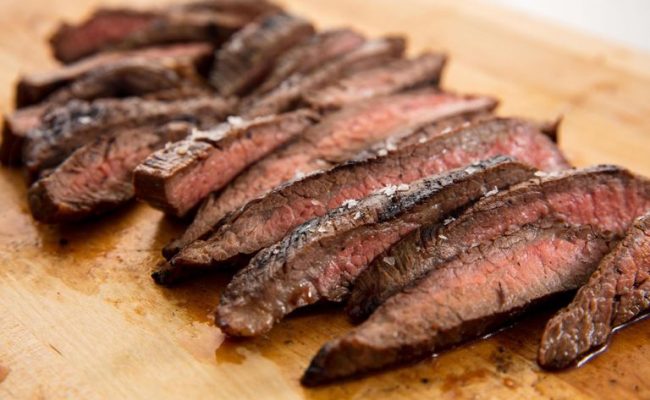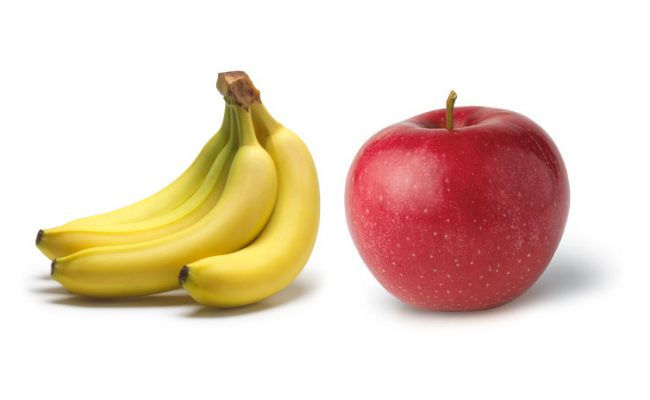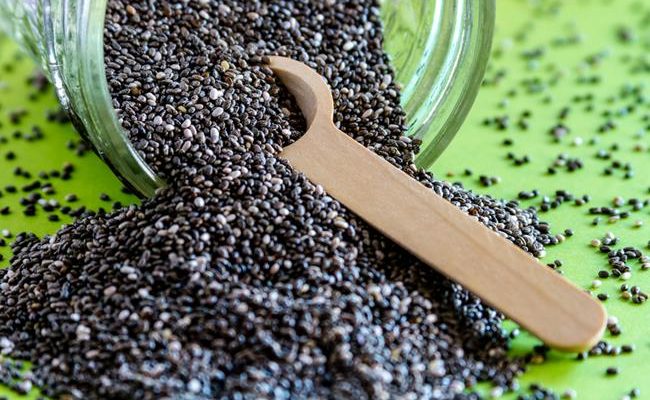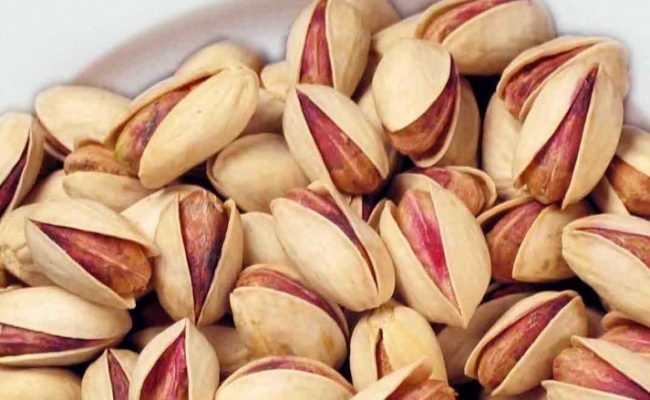
Gone are the days of fearing fat for weight gain. Foods higher in heart healthy fat like nuts, olive oil and avocados have been shown to have many health benefits and when eaten in moderation on a healthy, balanced diet do not increase weight gain. This goes against what used to be weight loss advice of eating very little fat while eating more carbohydrate foods.
However, eating foods high in simple carbohydrates is now thought to be a stronger risk for weight gain.
Foods high in sugar and white, processed grains stimulate a strong signal to release insulin after these foods are eaten and absorbed into the body.
Constantly sending a strong signal for insulin over time can promote weight gain.
So now because of this knowledge instead of fearing fats for weight gain, people are more apt to fear carbohydrates.
While some individuals may do better on a lower carbohydrate diet for various health reasons, for most people looking to stay thin and healthy does not mean avoiding all carbohydrate foods.
Carbohydrate rich foods that contain resistant starch can actually be beneficial for maintaining healthy weight and providing a good source of fiber and prebiotics.
There are different kinds of carbohydrates, and their impact on the body varies. Eating carbohydrate foods that also provide natural fiber, vitamins and minerals can make up an important part of your diet.
What are resistant starches?
Resistant starches are named this way because they actually are resistant to being digested once they are in the body. This resistance to being broken down in the stomach and small intestine means some of the energy from these foods doesn’t get used by people.
Instead, the bacteria in the colon can “eat” these resistant starches that produce short chain fatty acids.
While the production of short chain fatty acids may sound like a bad thing, it is actually a healthy thing.
According to a 2013 review (1), the production of short chain fatty acids in the large intestine may play a role in prevention of metabolic syndrome, bowel disorders and certain types of cancer.
When healthy bacteria in the colon (probiotics) eat things like resistant starch (prebiotics), short chain fatty acids are released.
These prebiotics also encourage the growth of probiotics which can help keep harmful bacteria out of the colon.
What foods have resistant starch?
Unpalatable foods like unripe bananas and raw potatoes are good sources of resistant starch.
The good news is that other foods you are likely to eat like legumes, whole grains, seeds, brown rice flour, potato starch and bean flour are also good sources of resistant starch.
Interestingly, another way to get resistant starch is from leftovers.
Paul Arciero, professor in the health and exercise sciences department of Skidmore College explains (2) once starchy foods like potatoes, rice and pasta are cooked then cooled down in the frig, their chemical bonds are reformed into a new design that makes them resistant to being broken down in the body.
When they are eaten after being cooled down, they have more resistant starch in them.
How they can help you stay thin and healthy
There is much attention and research being done on resistant starch and how it impacts health and weight in humans.
A 2014 review (3) suggests eating foods with resistant starch can be beneficial to health because they have a lower insulin signal after eating compared to other types of carbohydrates.
They also increase the release of hormones from the gut that signal satiety to the brain which tells the brain to stop eating.
Resistant starches have also been shown to help increase fat oxidation, lower fat accumulation and preserve muscle mass.
A 2015 study (4) also suggests resistant starches may have a role in helping lower inflammation and symptoms related to type 2 diabetes.
Women with type 2 diabetes were either given a placebo or 10gm of resistant starch daily for eight weeks.
At the end of the study, resistant starch group had significantly lower HbA1C levels which Is a marker of long term blood sugar levels.
Participants who had resistant starch also had significantly lower blood triglyceride levels and some markers of inflammation.
Researchers suggest this looks promising for using resistant starches for treatment or prevention of type 2 diabetes, but more research is needed.
Another 2015 study (5) combining resistant starch with protein in a meal can enhance feeling of fullness and increase fat oxidation.
Protein has the highest satiety value among the macronutrients, so combining protein with resistant starch could give even enhanced benefit of feeling full after eating these two nutrients.
Conclusion: resistant starches and health
The bottom line with carbohydrate foods is they are not all the same in terms of effect on the body.
Simple carbohydrates like sugar, sweets, white bread, etc. have minimal nutritional benefit and can cause strong releases of insulin.
However, other types of carbohydrates found in legumes, whole grains and seeds can have a blunted response of signaling insulin and may help increase fat oxidation and signaling satiety.
These starches that don’t get broken down in the small intestine act like food to healthy bacteria in the colon. The bi-product from these bacteria actually benefit our health.
Eating more foods with resistant starch in place of empty calorie carbohydrates is recommended.
Simply cooling starchy foods after cooking and eating them after they’ve been cooled can also increase the amount of resistant starches in foods like pasta, potatoes and rice.
If you have been advised from your medical team to follow a low carbohydrate diet, consult them before adding resistant starches to your diet.
Some medical conditions warrant a lowered carbohydrate intake.
